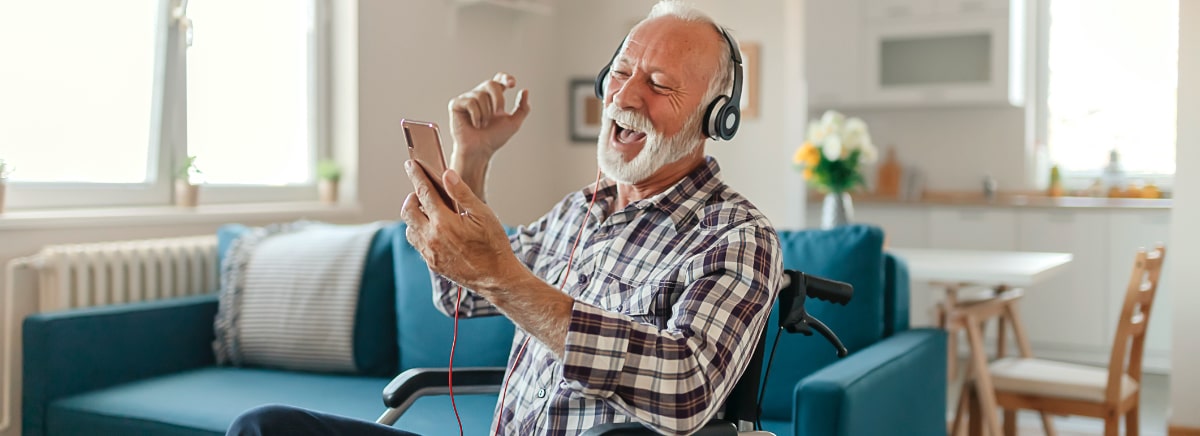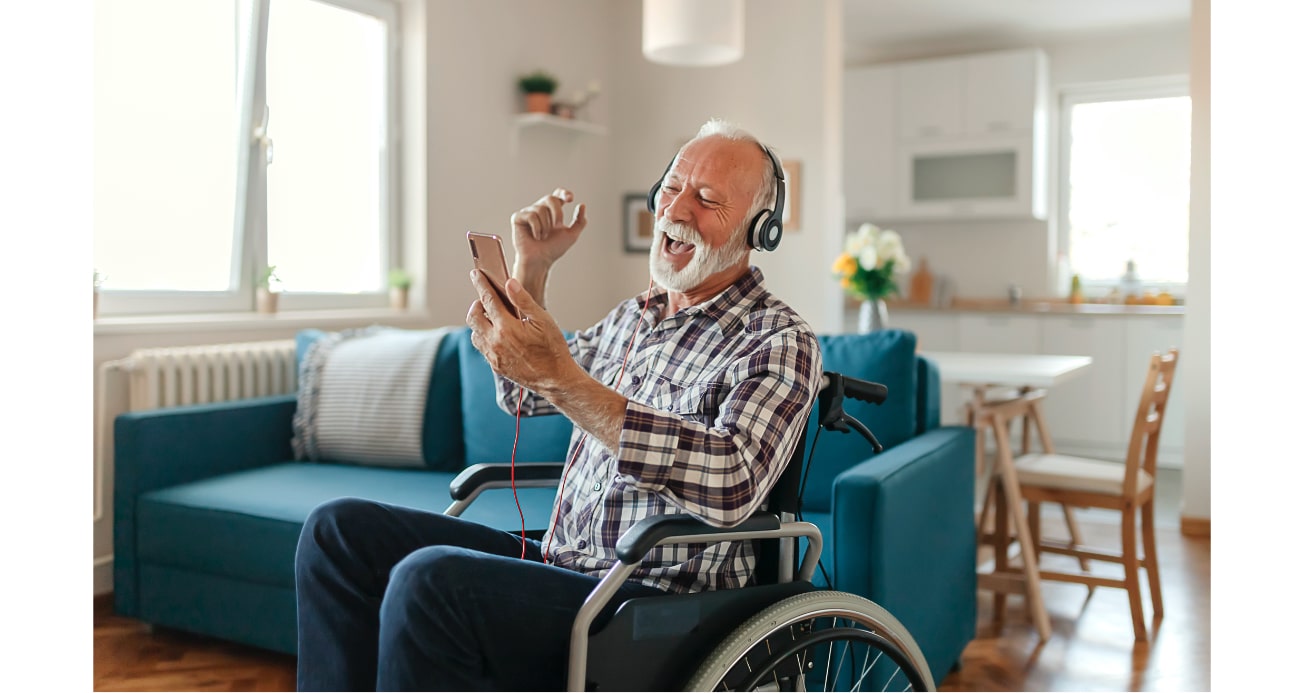Falls are common: Did you know that Falls are the leading cause of both fatal injury and nonfatal trauma-related hospital admissions among older adults? Every 11 seconds, an older adult is treated in the emergency room for a fall; every 19 minutes, an older adult dies from a fall. One in four Americans aged 65+ falls each year; 20% are injured. In 2015, the total cost of fall injuries was $50 billion; 75% paid by Medicare and Medicaid. Costs are expected to reach $101 billion by 2030.
The Good News: Falls are predictable modifiable physical, behavioral, and environmental risk factors. Falls are largely preventable and everyone has a role to play and can make a difference within their own sphere of influence.
The most common risk factors that can result in a fall: PHYSICAL RISK FACTORS: Changes in your body that increase your risk for a fall. BEHAVIORAL RISK FACTORS: Things we do or don’t do that increase our falls risk ENVIRONMENTAL RISK FACTORS: Hazards in our home or community
What can you do at home?
- Enlist their support in taking simple steps to stay safe. Ask your older loved one if they’re concerned about falling. Many older adults recognize that falling is a risk, but they believe it won’t happen to them or they won’t get hurt—even if they’ve already fallen in the past. If they’re concerned about falling, dizziness, or balance, suggest that they discuss it with their health care provider who can assess their personal risk and suggest programs or services that could help.
- Discuss their current health conditions. Find out if your older loved one is experiencing any problems with managing their own health. Are they having trouble remembering to take their medications—or are they experiencing side effects? Is it getting more difficult for them to do things they used to do easily? Are hearing and vision changes becoming problematic? Also make sure they’re taking advantage of all the preventive benefits now offered under Medicare, such as the Annual Wellness visit. Encourage them to speak openly with their health care provider about all of their concerns.
- Ask about their last eye checkup. If your older loved one wears glasses, make sure they have a current prescription and they’re using the glasses as advised by their eye doctor. Remember that using tint-changing lenses can be hazardous when going from bright sun into darkened buildings and homes. A simple strategy is to change glasses upon entry or stop until their lenses adjust. Bifocals also can be problematic on stairs, so it’s important to be cautious. For those already struggling with low vision, consult with a low-vision specialist for ways to make the most of their eyesight.
- Notice if they’re holding onto walls, furniture, or someone else when walking or if they appear to have difficulty walking or arising from a chair. These are all signs that it might be time to see a physical therapist. A trained physical therapist can help your older loved one improve their balance, strength, and gait through exercise. They might also suggest a cane or walker—and provide guidance on how to use these aids. Make
- Ta track
older loved one improve their balance, strength, and gait through exercise. They might also suggest a cane or walker—and provide guidance on how to use these aids. Make sure to follow their advice. Poorly fit aids actually can increase the risk of falling.
- Talk about their medications. If your older loved one is having a hard time keeping track of medicines or is experiencing side effects, encourage them to discuss their concerns with their doctor and pharmacist. Suggest that they have their medications reviewed each time they get a new prescription. Also, beware of non-prescription medications that contain sleep aids—including painkillers with “PM” in their names. These can lead to balance issues and dizziness. If your older loved one is having sleeping problems, encourage them to talk to their doctor or pharmacist about safer alternatives.
- Do a walk-through safety assessment of their home. There are many simple and inexpensive ways to make a home safer. For professional assistance, consult an Occupational Therapist. Here are some examples: o Increase lighting throughout the house, especially at the top and bottom of stairs. Ensure that lighting is readily available when getting up in the middle of the night. o Make sure there are two secure rails on all stairs.
Bathrooms Install grab bars in the tub/shower and near the toilet. Make sure they’re installed where your older loved one would actually use them. For even greater safety, consider using a shower chair and hand-held shower
○ Install handrails on outdoor steps
○ Step transitions
○ Install motion detection lighting
○ Install smoke detectors Yard: Clean, organize and remove trash and yard debris ○
What are some Evidence-based Fall Preventions Programs?
MATTER OF BALANCE: For adults with moderate to high falls risk. The program emphasizes practical coping tactics to reduce the fear of falling and teaches fall prevention strategies. Structured group intervention activities include group discussion, skill-building, and exercise training that can be done sitting.
STEPPING ON: For adults with moderate to high falls risk. The program offers strategies and exercises to reduce falls and increase self-confidence in making decisions and behavioral change in situations where older adults are at risk of falling. Participants should feel safe standing and walking independently before beginning this program.
TAI CHI: For adults with lower falls risk. Tai Chi programs help adults improve mobility, balance, strength, flexibility, and psychological health. Prior to starting Tai Chi, the participant should be able to stand on one leg for 5 or more seconds and not be fearful of falling.
A Success Story: Sandy’s story centers around when she slipped and fell on ice when she was outside with her dog: Matter of Balance is an award-winning program is designed to reduce the fear of falling and increase the activity levels of older adults who have concerns about falls. Hear more about her story here https://www.youtube.com/watch?v=A-Rji1bYPIw&feature=youtu.be
Full list of programs and program details available at https://www.ncoa.org/resources/select-evidencebased-falls-prevention-programs/

